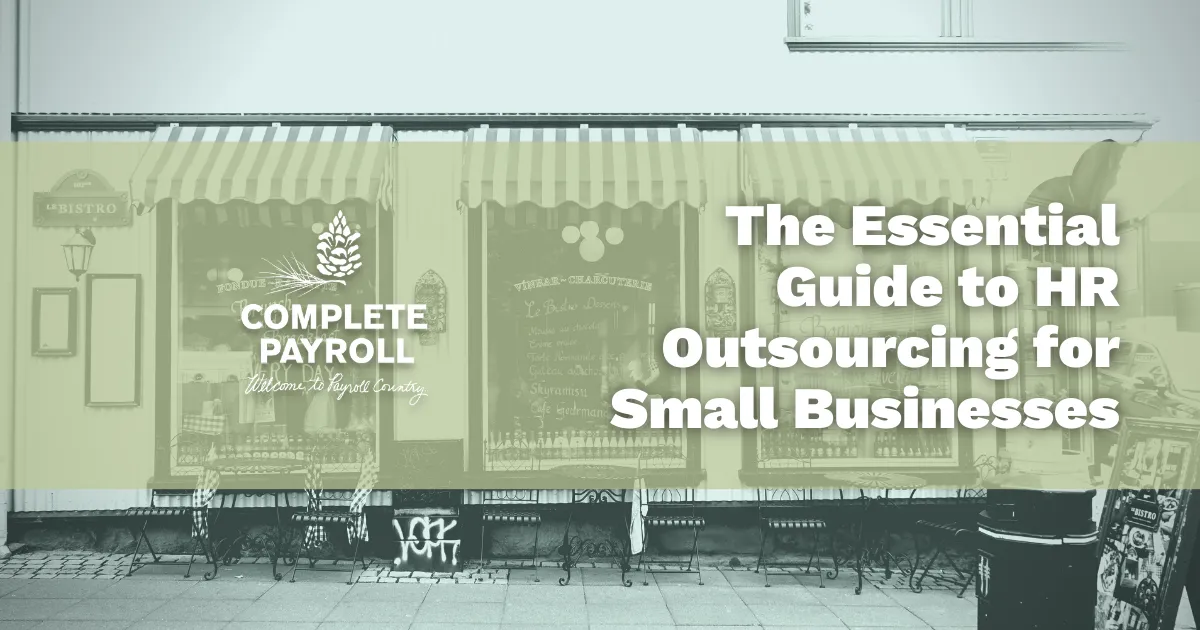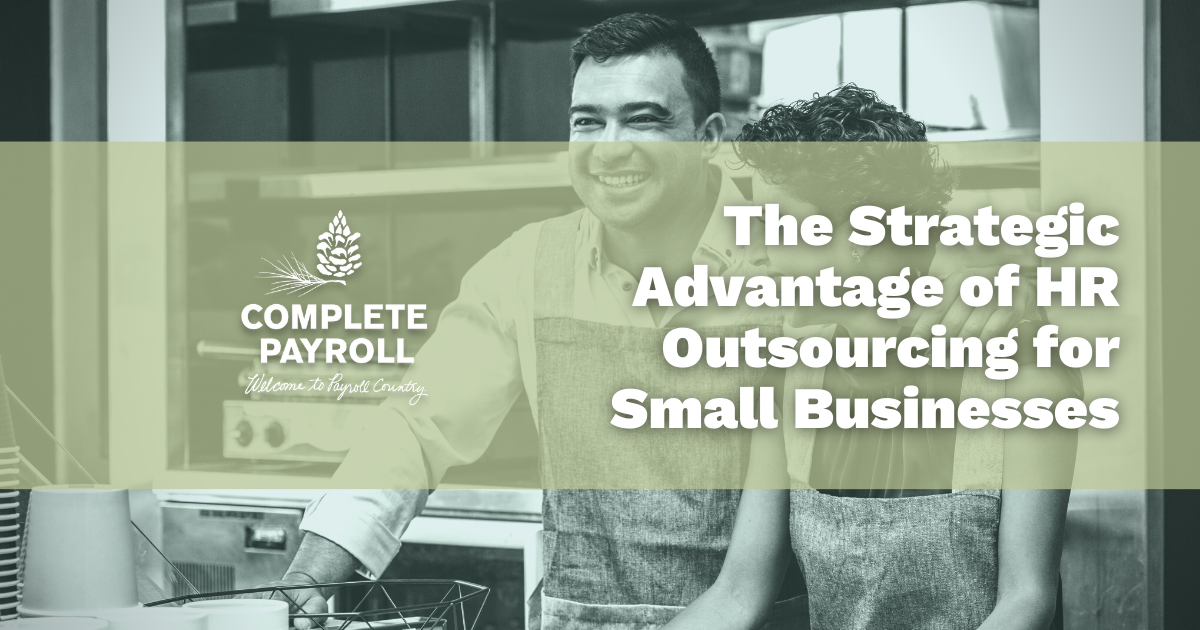4 Misunderstood Terms in the Americans with Disabilities Act

Written by Complete Payroll


The Americans with Disabilities Act (ADA) applies to a lot of organizations—all public employers and any private employer with 15 or more employees. Nevertheless, there’s a lot of confusion about what the law requires and what its terms entail. A big reason for this confusion is the language of the law itself; the ADA speaks of nebulous concepts like undue hardship and reasonable accommodation. Words like undue and reasonable are by their nature open to some interpretation, which is not exactly a comfort to employers.Fortunately, while there’s no getting completely around the inherent ambiguity of the ADA, employers can feel confident in their application of the law by reviewing and understanding its most important concepts. In this article, we’re going to define and analyze the terms disability, undue hardship, reasonable accommodation, and interactive process. These are the big four terms to know.
Disability
Let’s start with the term disability. According to the ADA, a person with a disability is someone who has a physical or mental impairment that substantially limits one or more major life activities, someone who has a history or record of such an impairment, or someone who is regarded as having such an impairment.
While the law does not name every impairment that would be covered, it does identify some major life activities that could be limited by a disability. These include caring for oneself, performing manual tasks, seeing, hearing, eating, sleeping, walking, standing, lifting, bending, speaking, breathing, learning, reading, concentrating, thinking, communicating, and working.
The most often misunderstood part of this definition is the phrase “regarded as disabled.” This phrase becomes important if the employer takes any adverse action because they believe a disability may exist. For example, if a hiring manager removes a candidate from consideration (adverse action) because the manager believed, rightly or wrongly, that the candidate has social anxiety, then the manager has illegally discriminated against the candidate because they regarded the candidate as disabled. In this situation, the candidate—even if they did not have social anxiety—would have a claim under the ADA.
Reasonable Accommodation
Employers also encounter the ADA when an applicant or employee asks for a reasonable accommodation. According to the Equal Employment Opportunity Commission (EEOC), a reasonable accommodation is “any change in the workplace or the way things are customarily done that provides an equal employment opportunity to an individual with a disability.” Reasonable accommodations “can cover most things that enable an individual to apply for a job, perform a job, or have equal access to the workplace and employee benefits such as kitchens, parking lots, and office events.”
Common types of accommodations include modifying work schedules, altering the way job duties are done, eliminating a non-essential job duty (like asking the receptionist to stack the monthly 100-lb paper delivery in the storage room), granting additional breaks, providing accessible parking, and providing materials in alternative formats (e.g., Braille, large print).
Not every requested accommodation will be reasonable, however. For one, employers are not required to remove an essential job function (the receptionist can still be expected to answer the phone). Employers also aren’t required to lower production standards or provide items for personal use, like wheelchairs or hearing aids.
If an accommodation is made, it’s important to assess its effectiveness. An accommodation set up today might not work well for the employee or the company two years from now. It’s okay to reassess later whether an accommodation remains reasonable given changed circumstances.
Undue Hardship
Under the ADA, an employer is required to provide reasonable accommodations as long as doing so does not create an undue hardship on the organization. According to the EEOC, an undue hardship is a significant difficulty or expense. The cost of an accommodation could be an undue burden on the employer, but so could an accommodation’s duration, expansiveness, or disruption.
An accommodation that would fundamentally alter the nature or operation of the business would be an undue hardship, even if the cost was negligible. But if cost alone is the basis for claiming an accommodation is unreasonable, employers should remember that the standard is “significant expense.” The federal regulations instruct employers to consider the size of the organization and affected facility, their overall financial resources, and any tax credits, deductions, or outside funding available. Whether an accommodation would cause an undue hardship is something employers must assess on a case-by-case basis.
Interactive Process
If an employee requests an accommodation, the employer should engage in an interactive process to determine if it is reasonable. The EEOC describes the interactive process this way: the employee and the employer “communicate with each other about the request, the precise nature of the problem that is generating the request, how a disability is prompting a need for an accommodation, and alternative accommodations that may be effective in meeting an individual’s needs.”
Basically, the interactive process is an ongoing conversation with an employee who has indicated that they need an adjustment or change at work related to a physical or mental issue. They may specifically request a reasonable accommodation under the ADA, but expressing their needs in “plain English” is acceptable as well. Then, together, the employer and the employee determine what can be done to accommodate the employee so that the essential functions of the job get done to the employer’s standards and the employee is able to enjoy the equal benefits and privileges of employment.



















